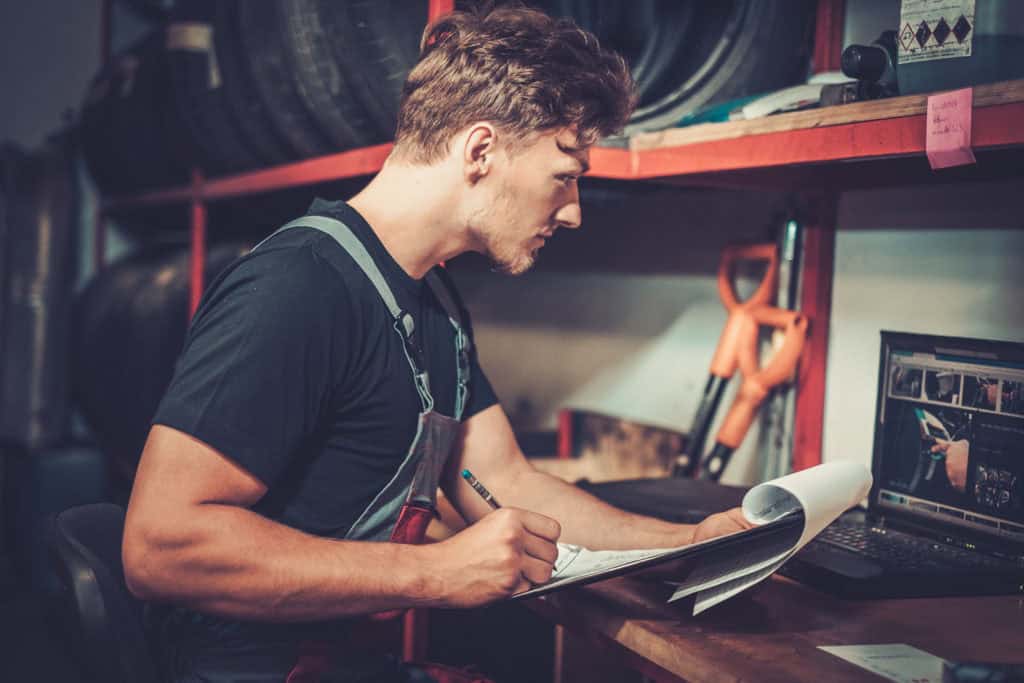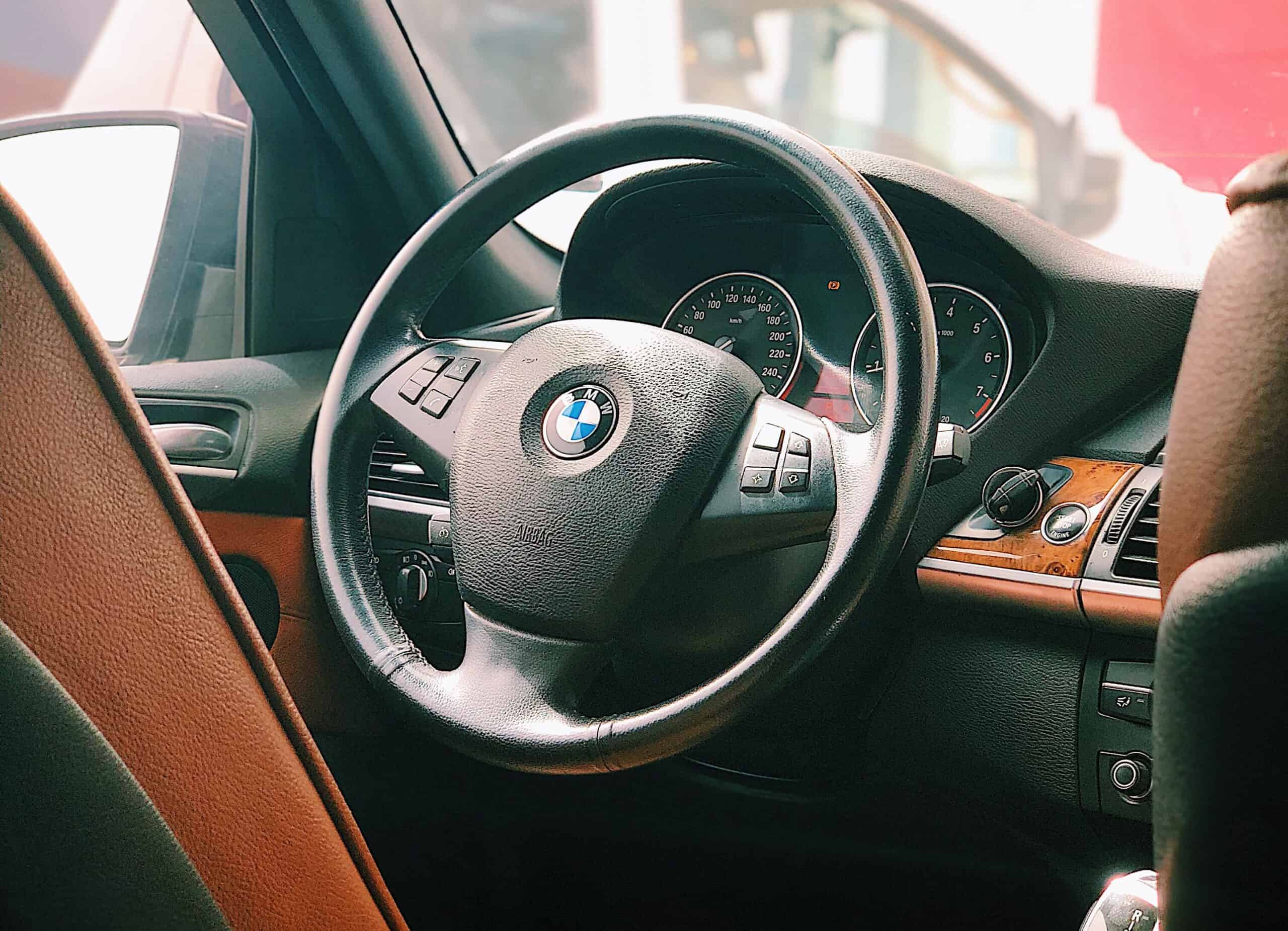Check the car before it is immobilized during technical tests
On November 13, 2017, changes to the regulations on vehicle technical inspections came into force. The media had been reporting on the changes being prepared by the legislature for quite some time. Check how to prepare your car for further operation on the roads of Poland and the European Union.
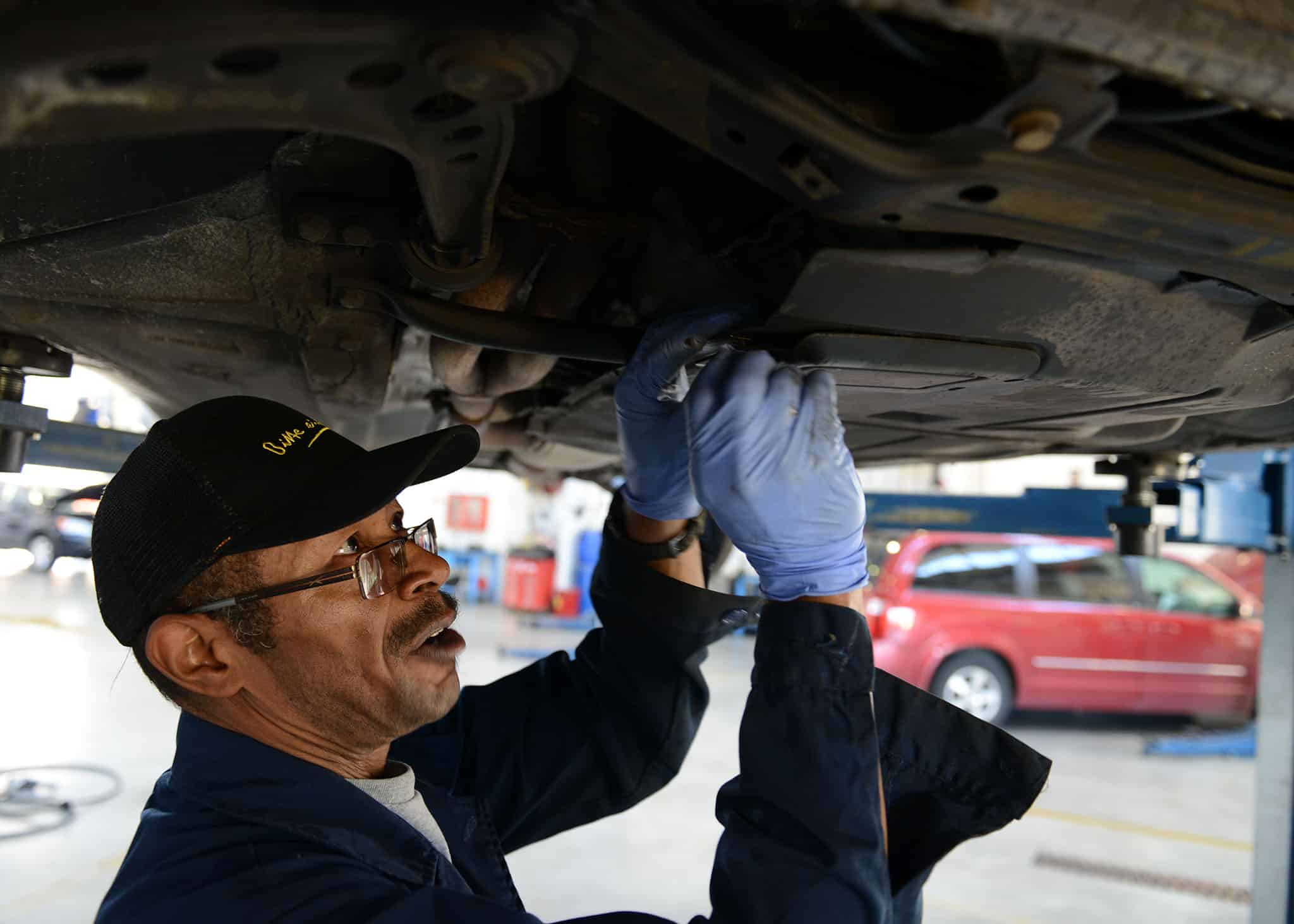
What is a Technical Inspection of a Vehicle?
A technical examination is a periodic check that you are properly servicing your vehicle for road safety. It is a method of ensuring that vehicles that meet unified technical standards are admitted to traffic. Under this premise, cars that meet the standards do not pose a danger to passengers and other traffic participants. In addition, identification of the vehicle is carried out, as well as a check of mandatory additional equipment – for passenger cars this is:
- fire extinguisher (min. 1 kg, type BC),
- warning triangle.
Technical examinations are mandatory for all registered vehicles traveling regularly on our roads, with the exception of light trailers. For passenger cars, the first test must be performed before the expiration of three years from the date of first registration, the next before the expiration of another two years. Each subsequent one no later than one year after the previous one. After this date, the vehicle loses the right to be on the road, as it is considered inoperable. An exception to this rule are historic vehicles not used for commercial passenger transportation, for which the legislator has provided for one technical examination prior to registration, exempting them from the need for subsequent examinations.
The cost of the Technical Examination is PLN 98. Delaying the next examination (after 13.11.2017) will incur a double fee and will be performed at one of the special stations of the Transport Technical Supervision selected throughout Poland.
Attempting to operate a vehicle without a valid technical examination carries the risk of having the proof and the vehicle seized by the police, as well as the denial of compensation in the event of being involved in a collision or accident.
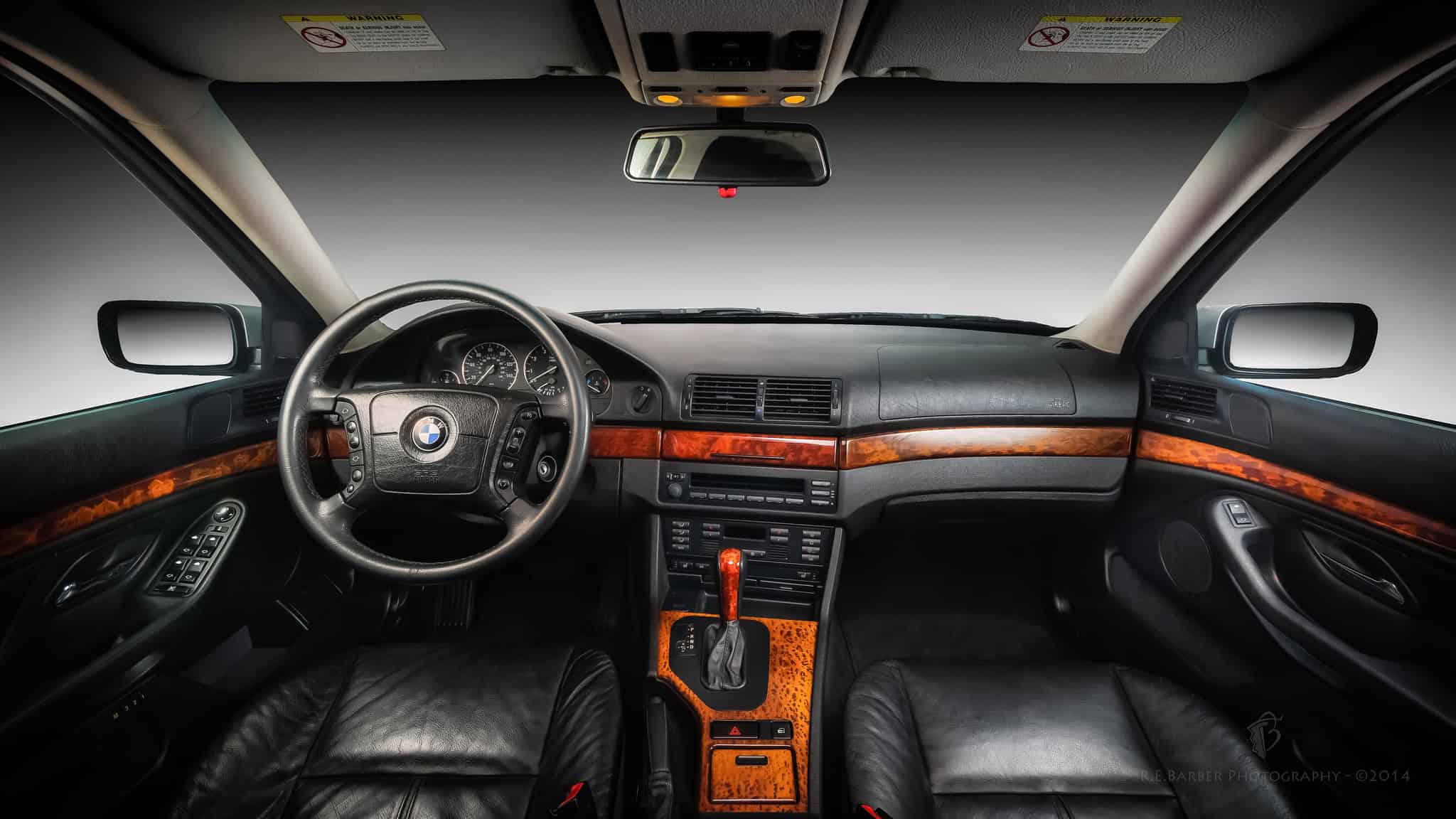
Scope of the Technical Inspection
- Vehicle interior.
- Chassis.
- Lighting and windows.
- Exhaust gas composition.
- Identification of the vehicle.
- Additional components.
1. Vehicle interior
The examination begins with the diagnostician checking the interior of the vehicle. The steering wheel should not have excessive play, no safety light should be illuminated on the dashboard, i.e. the light for faulty airbag or ABS/DSC traction control. The attachment of seats and seat belts is also checked.
2. Chassis (driving safety)
The vehicle’s chassis contains key safety-related components – the braking and steering systems and the wheel suspension. The braking system is checked in detail, along with a measurement of the braking effectiveness of the wheels, the vehicle’s suspension and suspension system. The condition of the tires and their size in terms of one axle is also checked. The diagnostician should also check the condition of corrosion occurring on the supporting elements of the body, sills, stringers, reinforcements. Similarly, the condition of the exhaust system is checked, where only superficial rust is allowed without disturbing the tightness and effectiveness of the system.
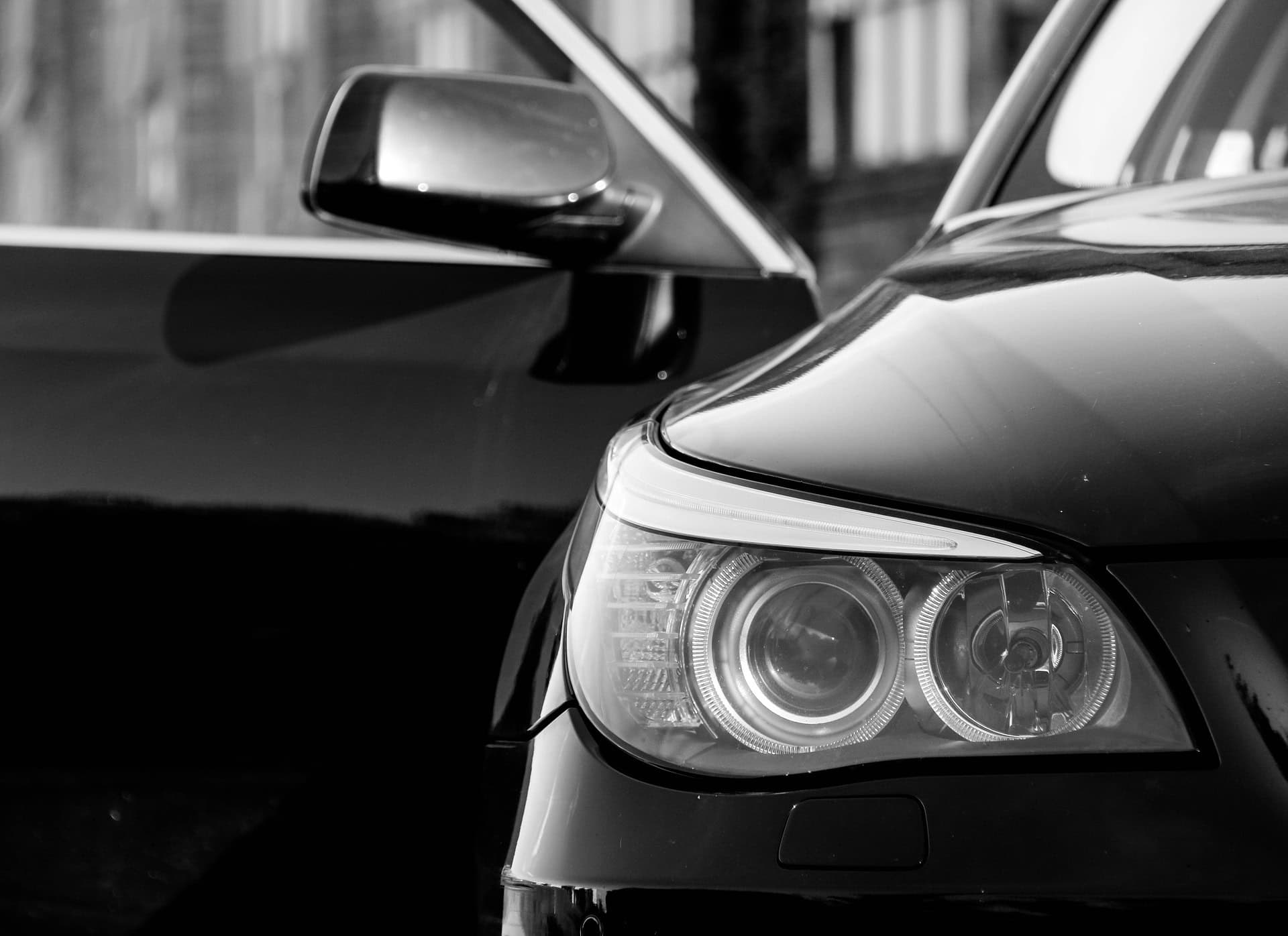
3. Lighting and glazing
During the examination, the diagnostician checks the operation of the vehicle’s exterior lighting, the efficiency of the low beam, high beam fog lamps, turn signals. The height and shape of the beam of the dipped headlights is checked, which must be in accordance with European Union standards. Lamp shades must not be cracked and tarnished.
Problems can be caused, among other things, by unapproved xenon filaments installed in halogen lamps. They do not have the correct cut-off of the line of light and, consequently, blind those driving from the opposite direction. The same is true of LED bulbs without European approval. Their use is allowed only for optional lighting, such as the interior of a vehicle, but they are not allowed as exterior lights.
Car windshields are the item that the diagnostician checks for the driver’s and passenger’s windshield and side windows. Cracks in the windshield, scratches in the windshield and chips in the driver’s field of vision are not allowed. Window tinting is allowed everywhere except the windshield and front side windows – this is also checked during the examination.
4. Exhaust gas composition
This is the most awaited by the public and the legislator point in the technical examination of a vehicle to eliminate “fossil fuels” from our roads. There is no revolution in the new regulations. More effective is to be the enforcement of existing standards. Vehicles with a catalytic converter or DPF (diesel particulate filter) removed are to be refused entry into traffic. Similarly, those that emit excessive amounts of harmful exhaust gases into the atmosphere due to a malfunction in the fuel or ignition system.
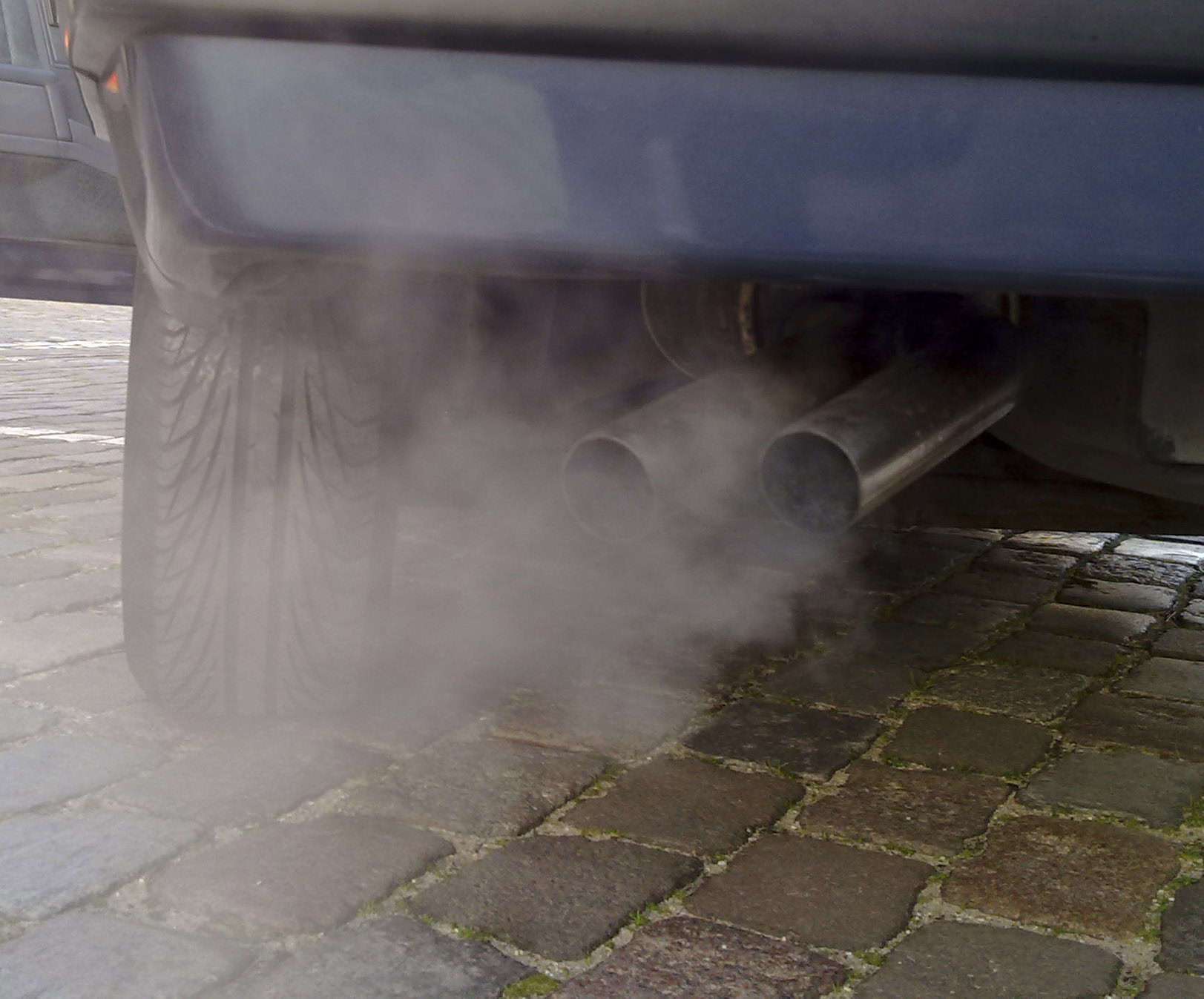
5. Vehicle identification
Along with checking the technical condition of the vehicle, the compatibility of the vehicle’s VIN number with the data in the registration certificate is also checked. The legibility and correctness of the license plate and the identification sticker on the windshield are also checked.
6. Additional items
In addition to the standard equipment of the vehicle, the LPG system, if installed, is also checked during the technical examination. A valid gas cylinder certificate is required. If a tow bar is retrofitted, it is necessary to have a nameplate with an approval number. If the vehicle is retrofitted with an alcohol interlock, it is necessary to have a valid calibration certificate.
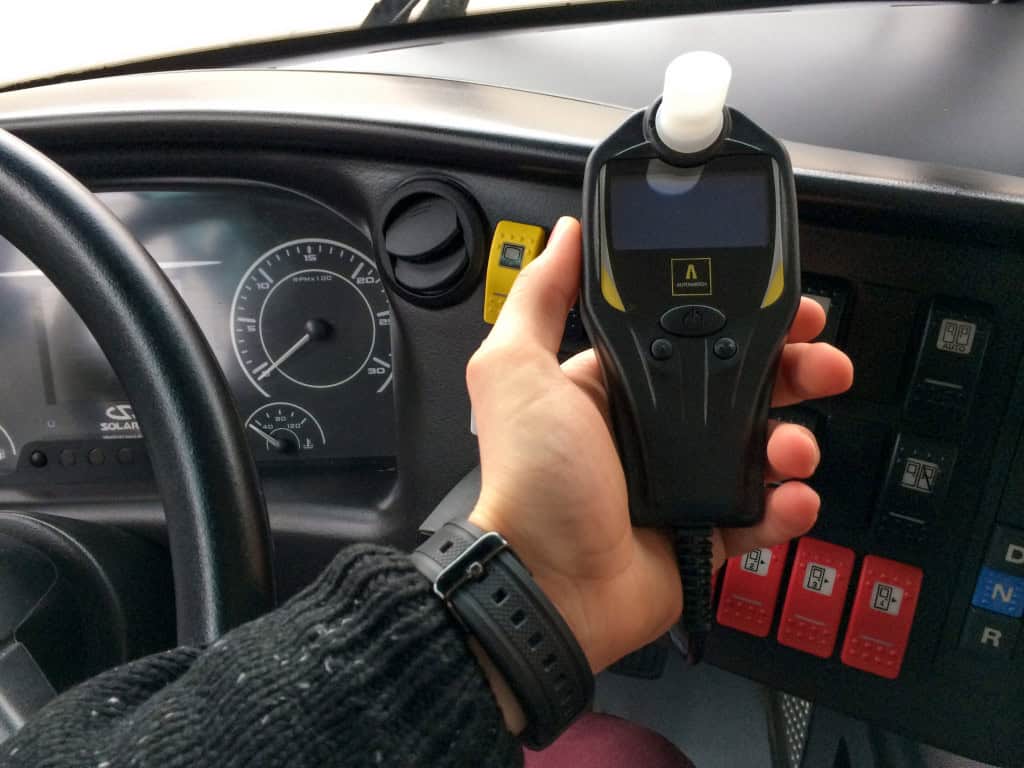
All of the above-described activities should also be performed during the existing technical tests. An important change that will come after November 13, 2017 is the strict guarding of test dates, the entry of the test in the Central Register of Vehicles and Drivers and the confirmation of each visit with a photo of the vehicle. Changes in the approach to vehicle inspections are also to be brought about by a change in the body overseeing the work of vehicle inspection stations. It is to be the Transport Technical Office. Thus, the phenomenon of drivers visiting several diagnostic stations in order to find one where the inspection will be less accurate is to disappear.
To avoid problems during the periodic technical examination, it is necessary to check the vehicle at a car service and perform the recommended repairs.

